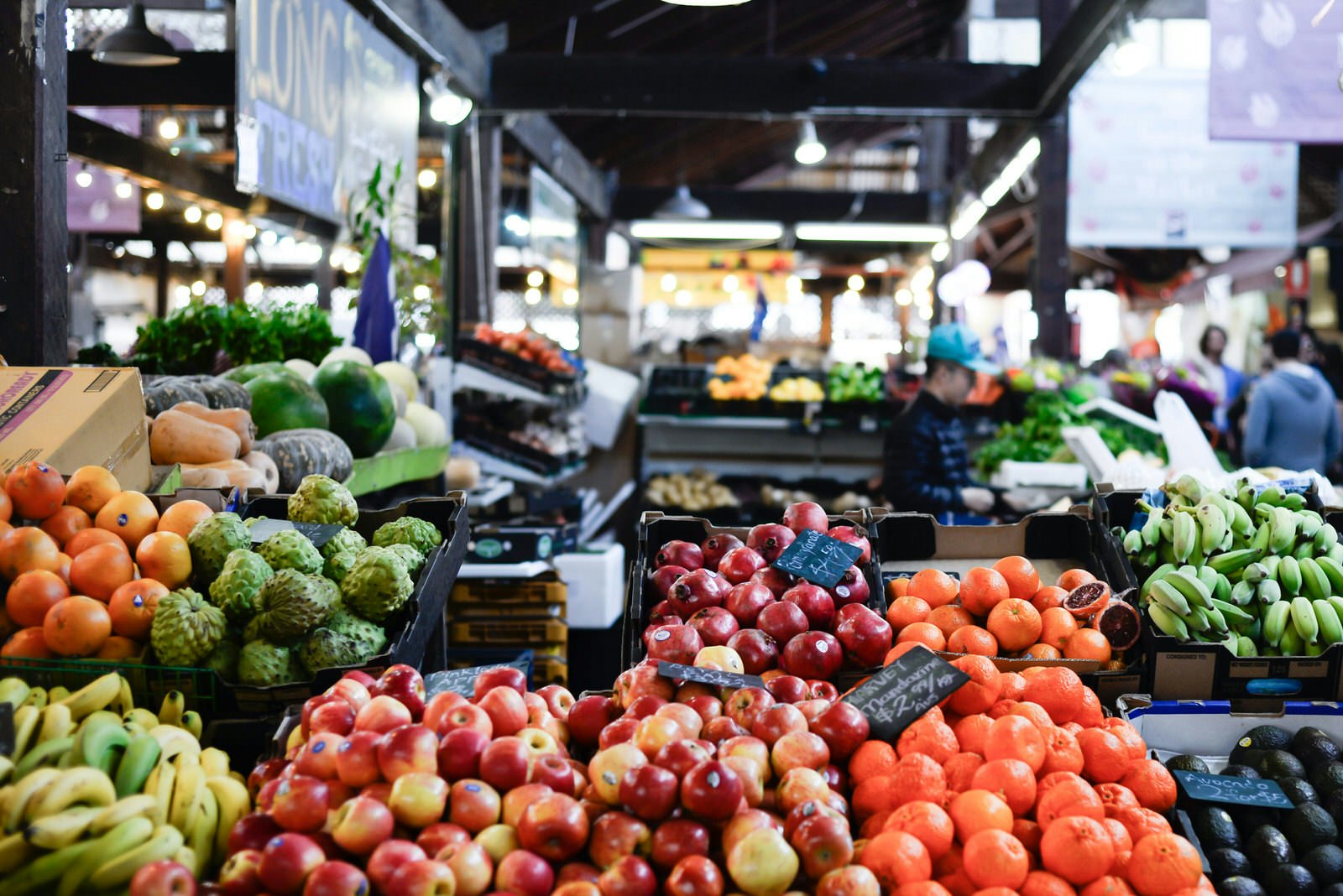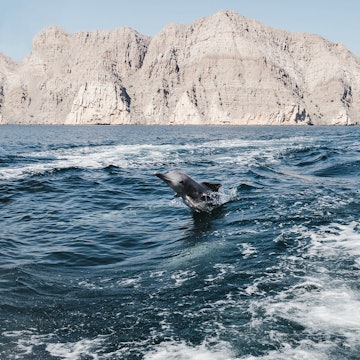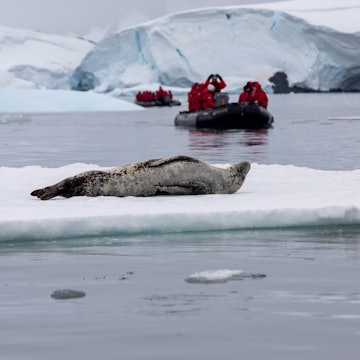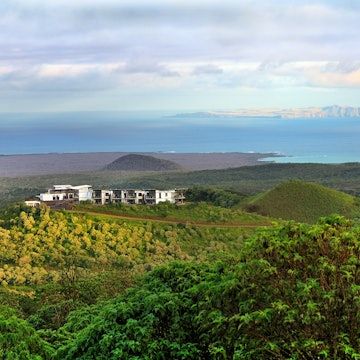

The world has been rattled by the Australian bushfires. They’ve been burning since September 2019 and are far from over, but there’s never been a better time to travel to Australia and support the communities that need it most.
This prolonged bushfire season is likely to continue into April, with the Bureau of Meteorology’s January-March outlook predicting drier than average weather. You’ve likely seen images of unstoppable flames, ash-smeared citizens leaning on blackened remains of houses and videos of singed koalas making noises that can only be described as crying. But news operates in cycles. Bushfire-related headlines have slowed in international publications. Instagram feeds have mostly returned to normal. Parts of Australia are still on fire, with the WWF estimating 1.25 billion animals have died. So it might come as a surprise to read that there has never been a more important time to visit Australia.

Use travel as a force for good
The Australian Tourism Export Council estimates a $4.5 billion loss in the tourism industry this year, with many overseas visitors cancelling or avoiding trips. Donating to help the cause is one thing, but creating a direct impact is another. The level of skill required to help animals and fight fires means that volunteering is best left to the experts, but there are ways to help rebuild.
Read more: Australia’s bushfires: how travellers can help now
Silke Kerwick from not-for-profit accommodation organisation YHA Australia recommends reaching out to BlazeAid, which works with rural families to rebuild structures that have been damaged or destroyed after natural disasters. Doing certain types of work in bushfire-affected areas is also an option for working travellers looking to extend visas. “Anyone on a Working Holiday visa (subclass 417) who is looking to do 88 days’ work in designated regional areas of Australia to count towards getting a second year visa (or six months’ of such work towards a third year visa) should know that it’s eligible if it’s for ‘specified work in disaster affected areas’ – i.e. ‘construction work in eligible regional areas’,” she says. You can read more about it on the Department of Home Affair’s website.
Friendly and picturesque country towns are deserted during what’s usually peak tourism season, so choosing to visit makes a world of difference. Spending your travel dollars at local businesses affected by bushfires is one of the most simple and effective ways to help. If overtourism refers to the effects of overcrowding in a popular destination, impact tourism, as we’re dubbing it, involves travelling to a destination to support communities in need. Start with Australia.

Visit affected communities
Australians are creating their own unique ways to support bushfire-impacted towns as well. In January, three friends started an Instagram account, @emptyesky encouraging people to visit fire-affected communities with empty eskies (also known as ice boxes) to fill up with local produce that went viral. The team are now looking at celebrity-led campaigns, have an audience at parliament and are planning events and tours in destinations that need support. The Empty Esky website is an incredible resource, listing businesses in fire-affected areas that are waiting for customers with open arms.
Read more: How you can help koalas and other animals devastated by Australian bushfires
There have been so many positive stories, including a chicken shop saved from bankruptcy after it sold more than 2000 bottles of barbecue sauce.
“Today Cream Patisserie in Bermagui, New South Wales, sent us an update that this lady from Manly saw our post and contacted them and said, ‘I know there are firefighters in the area and I want to sponsor 30 of them to get lunch and vanilla slices.’ So she bought lunch for all of them,” says co-founder Erin Boutros. “We’ve started it and we have a responsibility to it now… We’re in this for the long haul.”

Other ways to help
Social media accounts like @buyfromthebush, @stayinthebush, @spendwiththem and @staywiththemau also list local businesses to support. Many shops are open to pay-it-forward support, where you can buy something to be donated to a fire-affected family.
Gippsland Jersey, a dairy farm in Lakes Entrance, Victoria, is one of four businesses featured in a care pack of local eggs, honey, bread and milk. You can purchase packs which are then distributed to bushfire-affected families. Sallie Jones from Gippsland Jersey has seen the impact of the fires first hand, camping out in her factory on New Year’s Eve as fires raged towards her property from two directions. Thankfully, the wind changed. “It was so surreal. Lakes Entrance is always heaving with people and it was literally even worse than winter. There is just nobody around. It was really smoky and eerie. All the shops were closed and fire trucks were going through and helicopters going over. It felt like the end of the world,” she says.
For anyone donating remotely, figure out where you’d like your money to go. Pick a state or cause and then do your research. Still, the most direct way you can help is by planning your next trip to Australia (remember to offset carbon emissions when you book a flight) and to visit affected communities.

Travel responsibly
You can check air quality across all major Australian cities using AirVisual, a free app. Right now, some days it’s hazy, and more people are wearing facemasks, but most major tourist hubs are largely unaffected. Even so, visitor numbers are down and Australia needs tourists more than ever. This is best summed up by Tourism Australia, who post updates on safe travel during bushfire season:
“Many destinations in Australia remain safe and continue to welcome visitors. All international airports are operating as normal... The best way to support Australia, Australian communities, and the tourism sector is to keep visiting.”
The website also has a map, tables of popular destinations and whether or not they are affected by bushfire, but it’s important to check regional websites, listed here. If you’re worried about air quality, check air-quality.com. Be aware of Total Fire Ban rules, especially when camping. Although it’s unlikely you’ll end up near a fire if you’ve done your research, if you’re asked to evacuate, follow the instructions of emergency personnel.
Read more: Australian bushfires: what should you do if you have a trip booked?
When you make it Down Under, travel responsibly. Reduce your use of plastic, take public transport, hire a bike, stay at environmentally-friendly accommodation and consider learning from those who know this land best by booking an Aboriginal-led cultural tour. If you need to reschedule to a different part of the country, then do so instead of cancelling – the best memories and experiences are always born of the unexpected.













